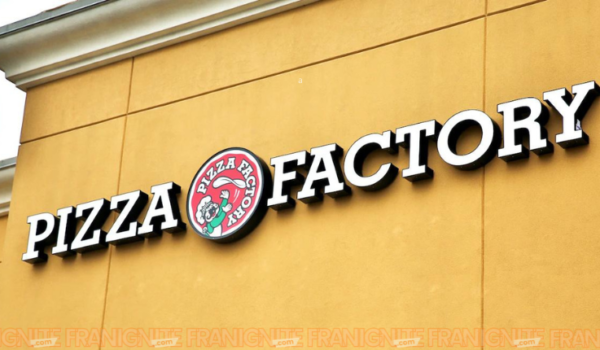Franchise businesses often entice Franchise investors with promises of robust sales and profitability. While these projections are crucial for attracting investment, achieving accuracy can be a delicate balancing act. Investors rely on these figures to make informed decisions, and inflated projections can lead to disappointment and financial hardship. Here’s how franchisors can strive for accuracy in their sales and profitability forecasts for franchisees and investors:
Building a Foundation of Reliable Data
The cornerstone of accurate projections lies in utilizing reliable data sources. Here are some key elements:
- Historical Performance: Franchisors should leverage historical sales and profitability data from existing successful franchises within the system. This data provides a benchmark for what’s achievable in various market conditions.
- Industry Trends: Analyzing industry trends in the franchise’s specific sector is crucial. Understanding market growth, consumer spending patterns, and potential disruptions allows for adjustments to reflect the current economic climate.
- Third-Party Market Research: Utilizing data from reputable market research firms can provide valuable insights into demographics, consumer preferences, and competitive landscape within the franchisee’s target territory.
The Art of Realistic Assumptions
Once you have a solid data foundation, it’s time to translate that information into actionable projections. Here’s where realistic assumptions come into play:
- Local Market Dynamics: Franchisors shouldn’t simply replicate national averages. Consider factors like local competition, demographics, and economic conditions in the franchisee’s specific territory. A more nuanced approach will lead to more accurate projections for that specific location.
- Ramp-up Time: New franchises don’t experience immediate success. Account for a realistic ramp-up period where sales and profitability gradually increase. This helps investors understand the timeline for achieving projected financial goals.
- Franchisee’s Skillset and Experience: Investor experience and skillsets can significantly impact success. Consider the franchisee’s background and adjust projections accordingly. A seasoned business owner may achieve profitability faster than a first-time franchisee.
Transparency and Communication
Building trust with investors requires complete transparency and open communication. Here’s how to achieve this:
- Clearly Define Assumptions: Outline the data sources, market research, and assumptions used to generate the projections. This allows investors to understand the rationale behind the numbers.
- Present a Range of Possibilities: Don’t offer a single, fixed figure. Instead, present a range of projections considering best-case, average, and worst-case scenarios. This provides investors with a more comprehensive picture of potential outcomes.
- Focus on Long-Term Sustainability: While initial profitability is important, emphasize the franchise’s long-term growth potential. Demonstrating a sustainable business model builds confidence in the projected future success of the franchise.
Mitigating Risk and Setting Expectations
Even with the best efforts, unforeseen circumstances can arise. Here’s how to address potential risks and set realistic expectations:
- Clearly Disclose Risks: The Franchise Disclosure Document (FDD) is legally mandated to outline potential risks associated with the franchise. Investors should be aware of factors outside the franchisor’s control, such as economic downturns or changes in consumer behavior.
- Ongoing Support and Guidance: Franchisors should offer ongoing support and guidance to franchisees. This includes sharing best practices, marketing assistance, and operational expertise. Providing support helps franchisees navigate challenges and achieve their projected results.
- Focus on Controllable Factors: Emphasize the factors that the franchisee can control – marketing efforts, operational efficiency, and customer service excellence. Highlighting the franchisee’s role in achieving projected outcomes empowers investors and fosters a collaborative environment.
Ultimately, achieving accurate projections in a franchise business requires collaboration between the franchisor and the investor. Franchisors must be dedicated to transparency, utilize reliable data, and set realistic expectations. Investors, on the other hand, should meticulously analyze the provided information, understand the risks involved, and ask questions to ensure they are comfortable with the projected outcomes. By working together, both parties can create a foundation for a successful franchise journey with realistic expectations and achievable goals. Remember, accurate projections are not just a tool for attracting investors, but a roadmap to guide franchisee success and ensure the long-term health of the entire franchise system.
Liked what you read? Follow us on Linkedin.
Want your franchise news to be covered? Send your Press Release.




